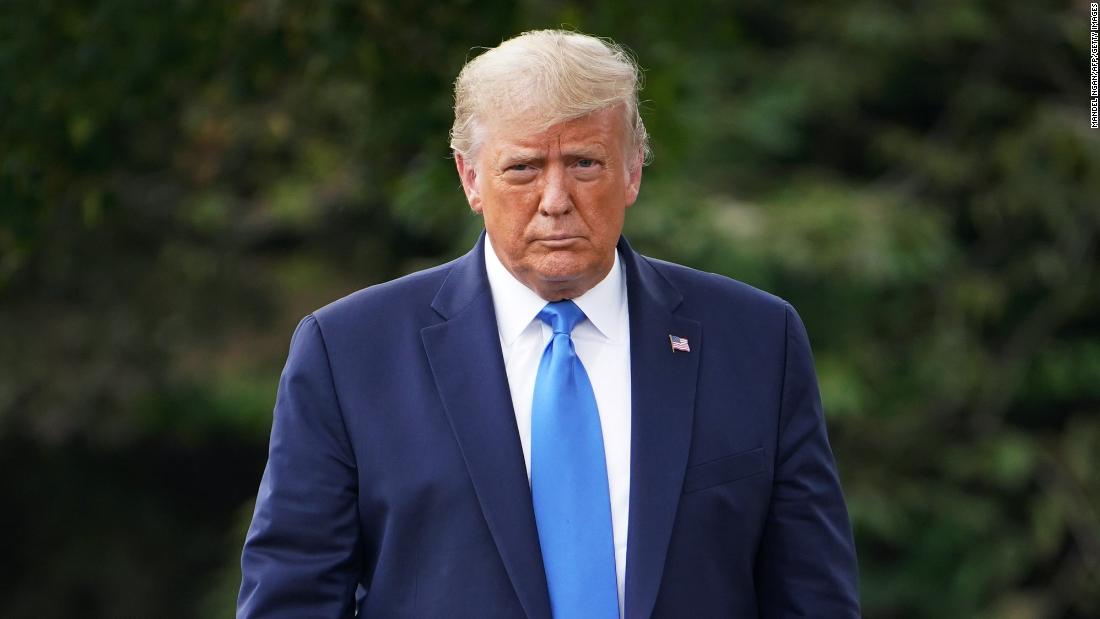9 key takeaways about Trump Inc. from the New York Times report
“The tax returns for Mr. Trump and hundreds of his businesses reveal the hollowness, but also the wizardry, of the self-made-billionaire image honed through ‘The Apprentice,'” the Times concluded. “They demonstrate that he was far more successful playing a business mogul than being one in real life.”
Here’s a look at what the Times investigation revealed:
Trump paid no or little federal income taxes for years
“Throughout his career, Mr. Trump’s business losses have often accumulated in sums larger than could be used to reduce taxes on other income in a single year,” the Times reported. “But the tax code offers a workaround: With some restrictions, business owners can carry forward leftover losses to reduce taxes in future years.”
Many of his businesses are burning huge piles of cash
According to the investigation, some of Trump’s companies are doing well and profitable; others, not so much. Some of his best-known ventures “report losing millions, if not tens of millions, of dollars year after year,” according to the Times. That includes his famous golf courses — which have reportedly racked up at least $315 million in losses over the past two decades.
For example, Trump’s golf resorts at Turnberry and Aberdeen in Scotland lost over £11.8 million ($15.2 million) in 2018, company records show, and lost money the previous year too. British labor union RMT said Friday that Trump now plans to lay off up to 80 workers at Turnberry, or roughly 17% of its workforce, and cut salaries and working hours despite receiving UK government wage subsidies during the pandemic.
Trump Turnberry did not respond to a request for comment on RMT’s claims.
Trump Tower in New York is a major moneymaker
The storied skyscraper, which sits on Manhattan’s Fifth Avenue, has “reliably delivered more than $20 million a year in profits, a total of $336.3 million since 2000,” according to the Times. Trump’s stake in two office towers in New York and San Francisco has also worked out well, delivering $176.5 million as of the end of 2018, the publication reported.
Trump’s D.C. hotel is not
Selling his name has paid off enormously
That’s in large part thanks to ‘The Apprentice’
He made money from foreign deals after becoming president
“When he took office, Mr. Trump said he would pursue no new foreign deals as president,” the Times reported. “Even so, in his first two years in the White House, his revenue from abroad totaled $73 million.”
Part of his income stems from ambiguous ‘consulting fees’
The Times’ examination of financial records revealed a pattern of how the president was paid on various projects. “Between 2010 and 2018, Mr. Trump wrote off some $26 million in unexplained ‘consulting fees’ as a business expense across nearly all of his projects,” according to the outlet. It said that the president’s eldest daughter, Ivanka Trump, had also previously appeared to “have received” fees under this designation, despite working as an employee of the Trump Organization.
“Ms. Trump had been an executive officer of the Trump companies that received profits from and paid the consulting fees for both projects — meaning she appears to have been treated as a consultant on the same hotel deals that she helped manage as part of her job at her father’s business,” the Times reported.
The Trump Organization spans ‘more than 500 entities’
The investigation revealed the scope of the family business, which includes hundreds of ventures that are reportedly nearly entirely controlled by the president. Although some of these businesses weren’t lucrative, they “still served a financial purpose: reducing his tax bill,” according to the Times. For example, “the reported losses from the operating businesses were so large that they often fully erased the licensing income, leaving the organization to claim that it earns no money and thus owes no taxes,” the newspaper reported.
— Hanna Ziady contributed reporting.
![]()


